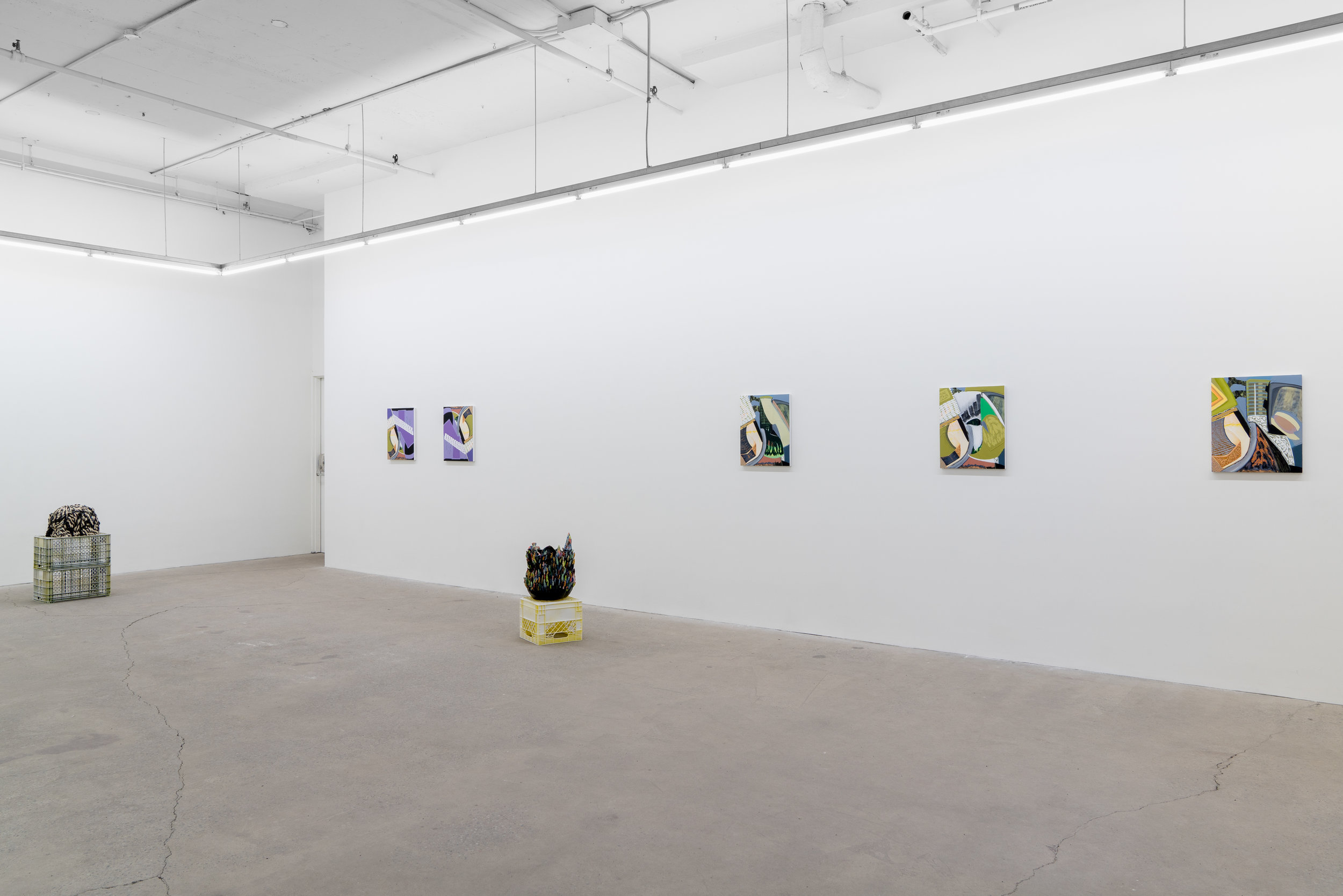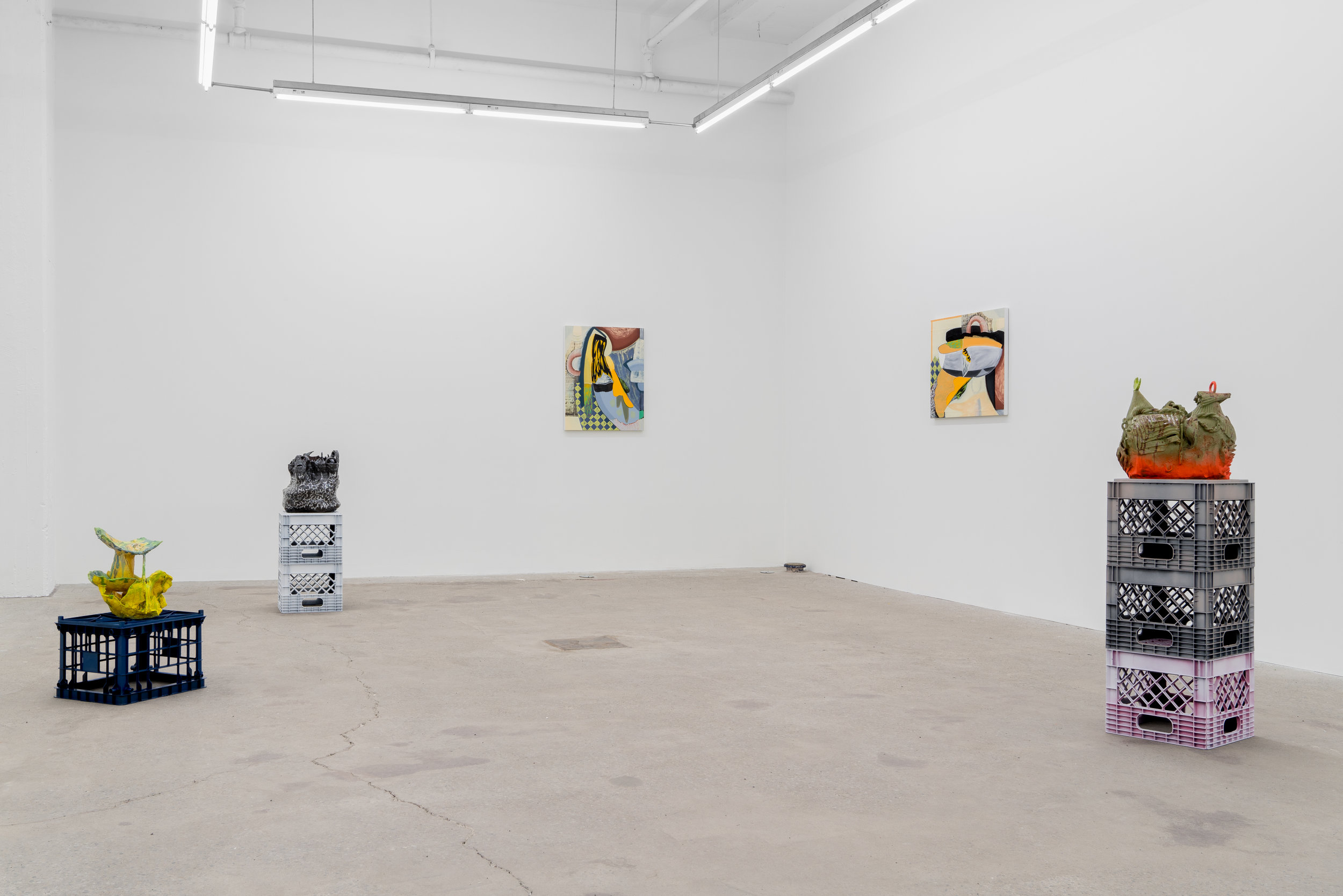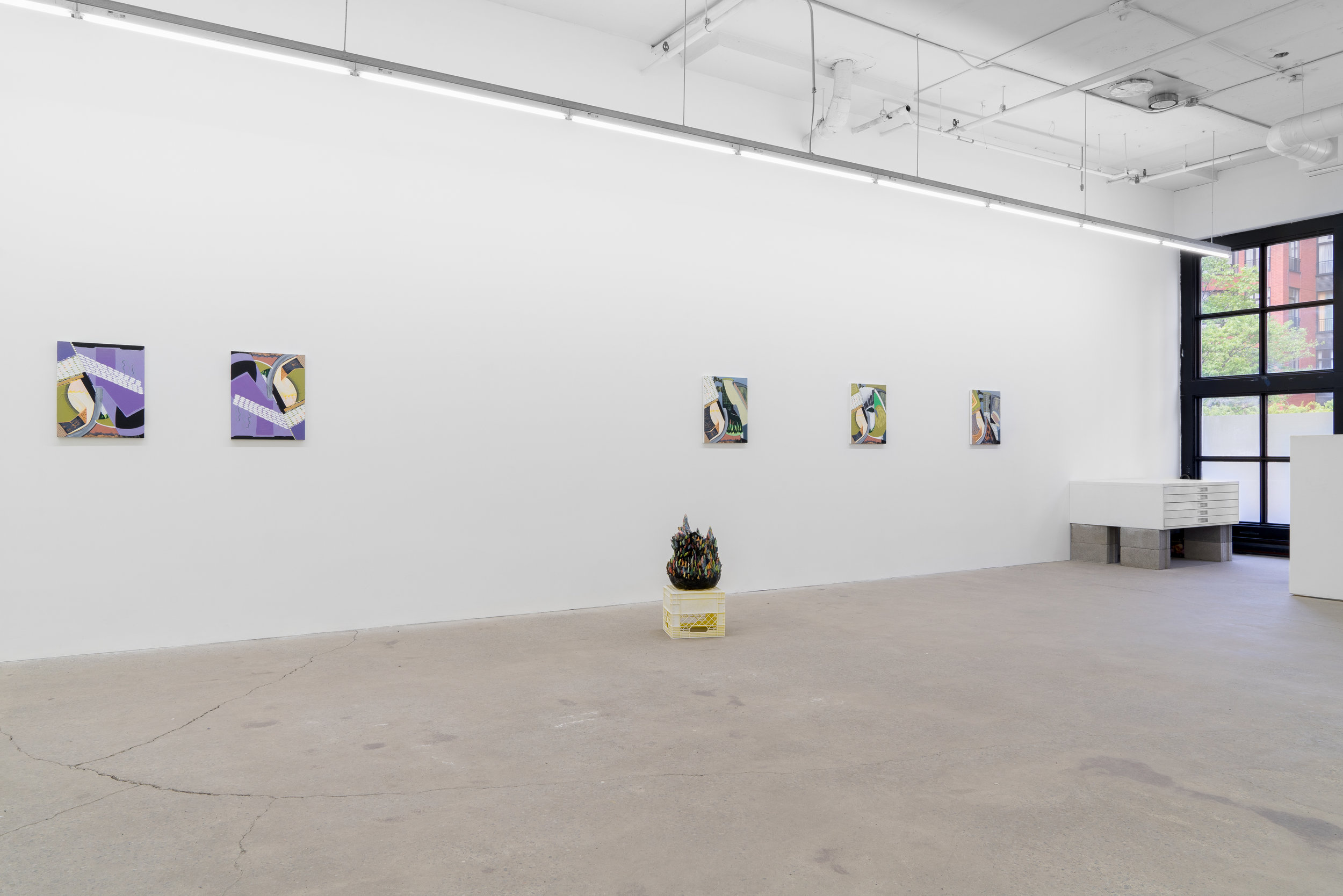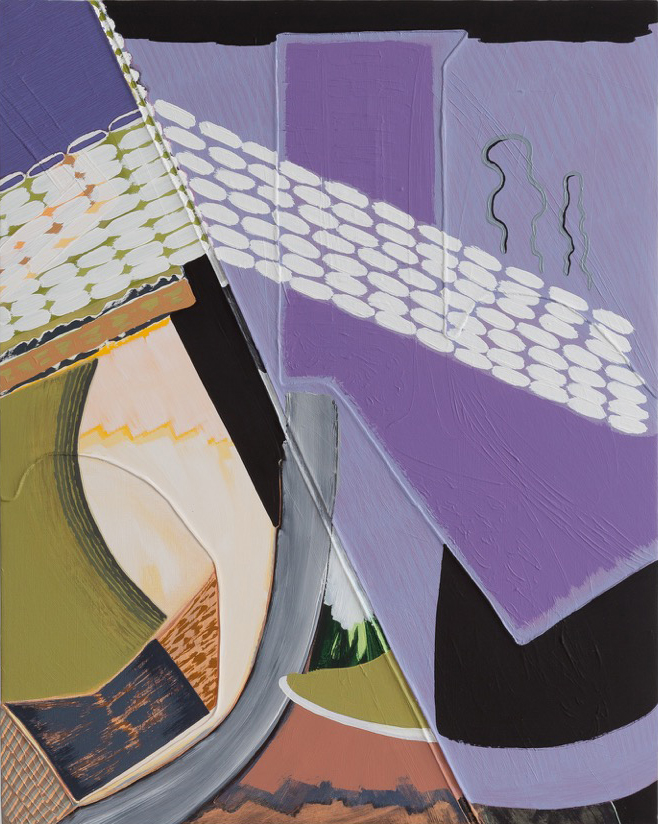Philippe Caron Lefebvre
Syzygy
May 25 to June 29, 2019
Galerie Nicolas Robert is pleased to present Syzygy, Philippe Caron Lefebvre third exhibition at the gallery. Syzygy registers as a fiction whose works are speculative in nature in relation to alternative histories of the object. From the perspective that reality can allow the creation of three-dimensional works, the imagination can provide a context that differs from perceived representations. Strongly influenced by science fiction, the ceramics presented in this exhibition have been conceived in a way that evokes transformations, reversals, textures, chimeras and other singular architectures. What’s more, the faience works represent an interrogation of amorphousness, filled with references to naturally occurring elements of fauna and flora, as well as physical aspects of the cosmos. This interest stems from a fascination with species’ morphology as well as astronomy. Bearing these references in mind, it becomes clear that these works have been created empirically, as if guided by the behaviors of the clay itself. In this way the artist endeavours to offer an experience, or object-sculpture, by way of the altered materiality that serves as a vehicle for the possible.
Arranged within the space, the sculptures manifest themselves by their original aesthetic and by their presentation on pedestals consisting of plastic crates. The contrast between a natural material—worked by hand and fire—and a synthetic material—fabricated by industrial machine—accentuates the emancipation of the ceramic medium’s essence as it oscillates between having autonomy and the precarity of its status as artistic medium. It is not anodyne to point out the marked interest in ceramics in the last several years. In effect, after long being associated with artisanship, the medium now finds itself tailored more and more toward contemporary art. This change is an occasion for experimentation with the medium as well as for a questioning of its essence. Following its origins thousands of years ago, how will clay find its place in our contemporary culture?





















